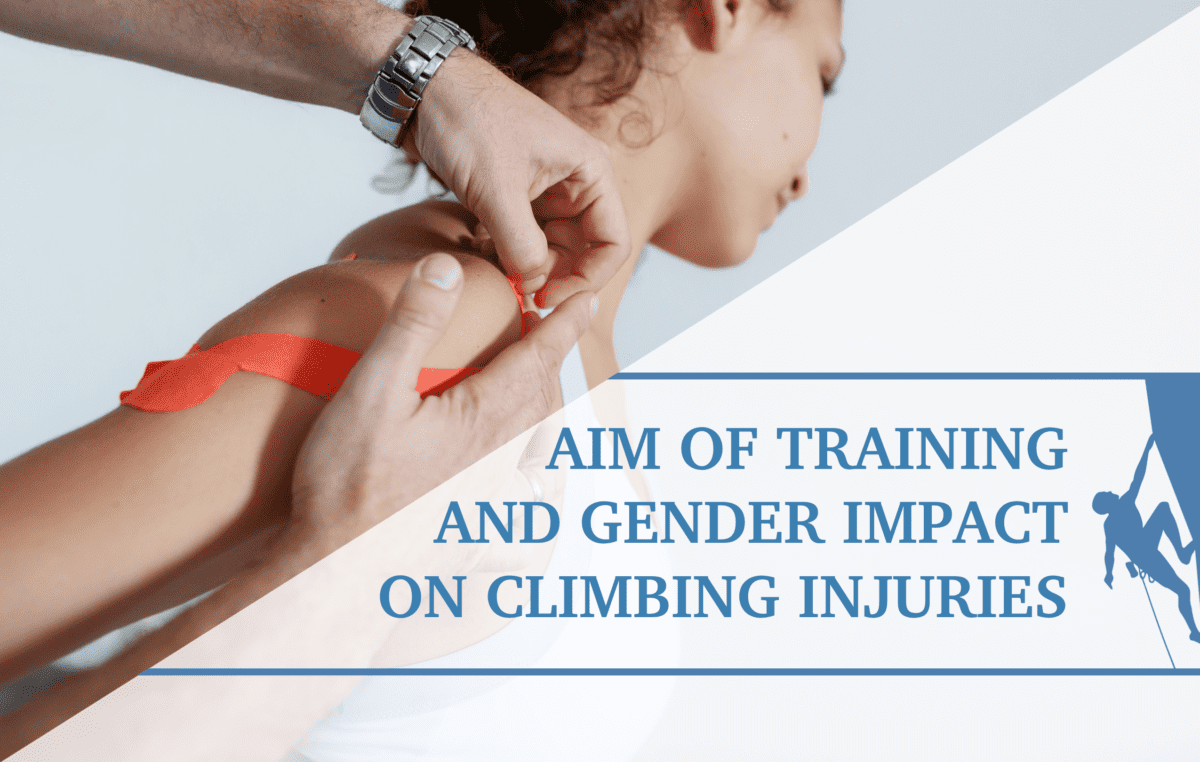Physical Performance Testing in Climbing
Below is a published article in the peer reviewed open access journal: Frontiers in Sports and Active Living. It was written by Kaja Langer, Christian Simon, and Josef Wiemeyer and is titled:
Physical performance testing in climbing—A systematic review
Article abstract: Due to the increasing popularity of climbing, the corresponding diagnostics are gaining in importance for both science and practice. This review aims to give an overview of the quality of different diagnostic testing- and measurement methods for performance, strength, endurance, and flexibility in climbing. A systematic literature search for studies including quantitative methods and tests for measuring different forms of strength, endurance, flexibility, or performance in climbing and bouldering was conducted on PubMed and SPORT Discus. Studies and abstracts were included if they a) worked with a representative sample of human boulderers and/or climbers, b) included detailed information on at least one test, and c) were randomized-controlled-, cohort-, cross-over-, intervention-, or case studies. 156 studies were included into the review. Data regarding subject characteristics, as well as the implementation and quality of all relevant tests were extracted from the studies. Tests with similar exercises were grouped and the information on a) measured value, b) unit, c) subject characteristics (sex and ability level), and d) quality criteria (objectivity, reliability, validity) were bundled and displayed in standardized tables. In total, 63 different tests were identified, of which some comprised different ways of implementation. This clearly shows that there are no uniform or standard procedures in climbing diagnostics, for tests on strength, endurance or flexibility. Furthermore, only few studies report data on test quality and detailed information on sample characteristics. This not only makes it difficult to compare test results, but at the same time makes it impossible to give precise test recommendations. Nevertheless, this overview of the current state of research contributes to the creation of more uniform test batteries in the future.
The PDF of the article can be downloaded and viewed below and an excerpt of the article is also included on this page.
Resource compiled by Jennifer Yarin PT, DPT – Doctor of Physical Therapy: Climbing SIG Senior TA and Social Outreach Committee Chair
- Disclaimer – The content here is designed for information & education purposes only and the content is not intended for medical advice.




